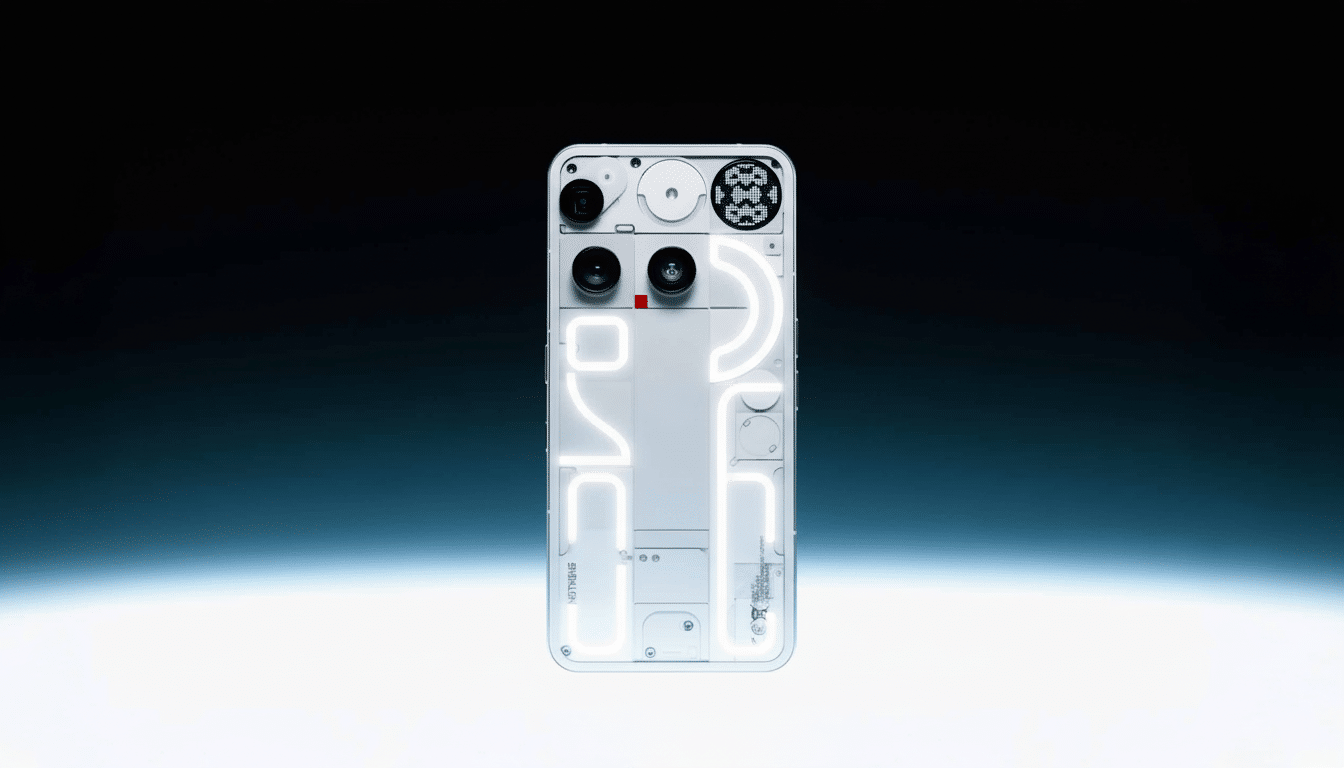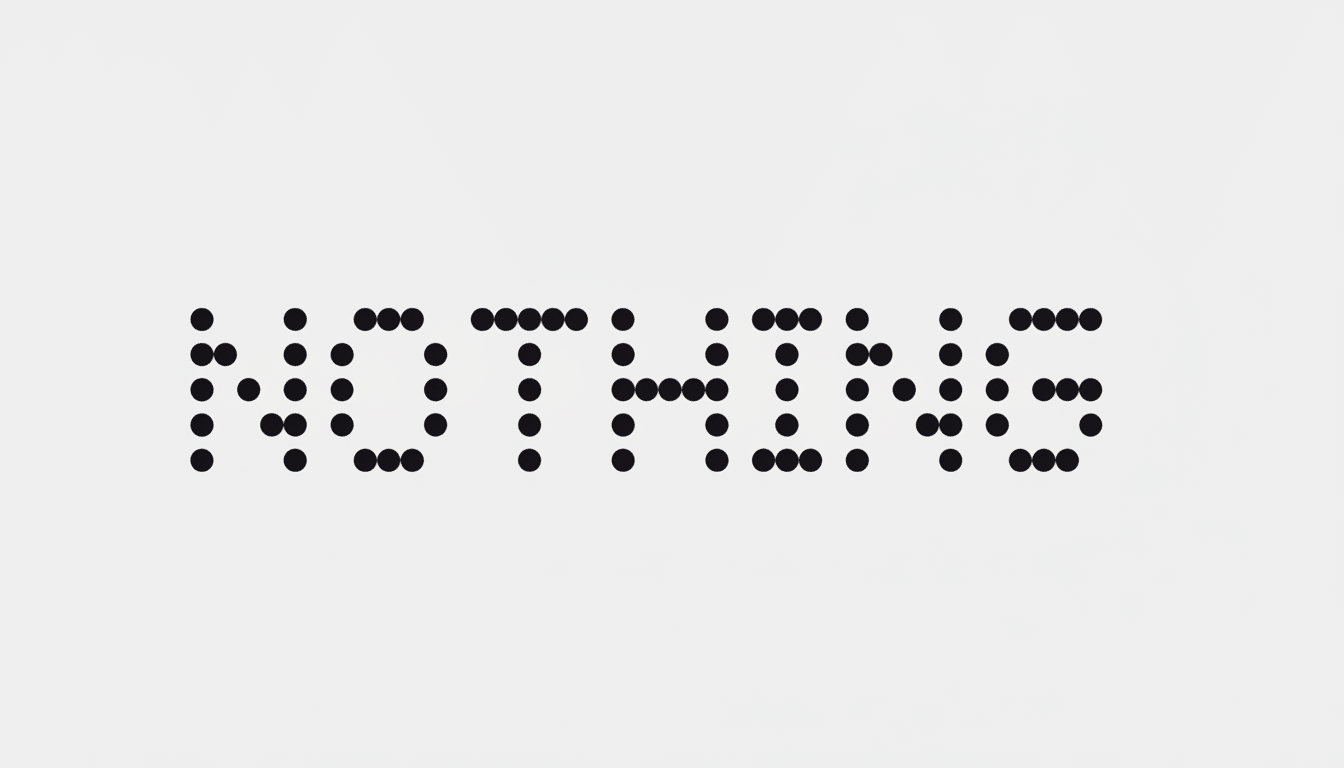Nothing in the phone industry has proved more divisive than the claim that Apple’s IP and licensing conditions are one of the key reasons why most Android devices still can’t boast a built-in magnetic alignment system for wireless charging.
The claim comes around the same time as the Qi2 standard attempts to bring some normalization to magnetic charging across platforms, and questions remain about why Android phones have so long lacked easy snap-on charging—the kind of hardware their clients will come to expect.
- What Nothing Is Claiming About Magnetic Charging Limits
- The Patent and Standards Landscape Around Magnetic Charging
- Engineering and cost hurdles for magnetic alignment
- Why Android has been left behind on magnetic charging
- Indications That The Tide Is Shifting With Qi2
- What it means for buyers considering Qi2 accessories

Magnetic alignment turned wireless charging from a fussy, heat-producing convenience into a reliable daily routine for iPhone users. And on Android, the feature is patchy at best, usually relegated to cases rather than native hardware. If Nothing’s version of events is true, patents and politics have just as much to do with the bottleneck as engineering.
What Nothing Is Claiming About Magnetic Charging Limits
In a behind-the-scenes video while working with the creator of Mrwhosetheboss in response to earlier leaks, a member of Nothing’s content team explained that legal limitations associated with Apple’s ecosystem make it difficult to simply put a magnetic ring needed for wireless charging directly on Android handsets. The company framed the barrier as a combination of legal red tape and business dynamics that make simple implementation untenable without licensing or expensive workarounds.
Nothing also implied that building a 100-percent compatible magnetic system from the ground up, one that would integrate and work with the expanding universe of magnetic chargers and accessories, could carry a price tag in the seven figures. That’s a big spend over the course of five years for a smaller brand for what some customers may merely see as a nice-to-have, rather than an essential feature.
The Patent and Standards Landscape Around Magnetic Charging
Apple launched its magnetic charging system with iPhone 12 and has filed both design and utility patents on magnet arrays, alignment, and aspects of accessory communication.
Yet the company contributed the Magnetic Power Profile that is powering Qi2 to the Wireless Power Consortium, but—full compatibility with Apple-branded accessories and MagSafe branding—likely resides in licensing frameworks like MFi (Made for iPhone).
Qi2 changes the baseline. The new standard, spearheaded by the Wireless Power Consortium, bakes magnetic alignment into the spec and advertises an improved level of efficiency over loose-coil Qi charging. The first Qi2 profile is planned for 15W with a roadmap to deliver higher power, and it is designed as open and interoperable. In theory, that should cut down on the legal and technical gray area for Android companies that want to offer snap-on alignment without directly mimicking Apple’s specific magnet geometry or proprietary bits.

Engineering and cost hurdles for magnetic alignment
Magnets are not some extraneous feature. A ring and stabilizing array contribute thickness, influence thermal activity, and sit inches from radios for NFC, UWB, and 5G; engineers must deal with interference, maintain charging efficiency, and keep temperatures at safe levels. Placement tolerances are narrow; even small slips or nudges can throw off alignment and coil coupling (and thus charging speed), generating extra heat.
The bill is more than just hardware costs. Magnet systems also frequently spawn new reliability testing such as drop, torsion, long-term demagnetization, and mechanical frame rework, along with new tooling. Certification rounds grow, as does EMC testing. The companion program includes dev kits, reference designs, and support from partners. For a brand without Apple-style volumes, those soft costs can more than offset the actual magnet bill of materials.
Why Android has been left behind on magnetic charging
Market incentives play a role. Analysts at firms like Counterpoint Research and IDC have long found that less than a third of all smartphones ship with wireless charging capabilities to begin with, and usage is even rarer among lower-tier users. Polls done by research groups like YouGov indicate that, at least among Android owners, plenty of people still rely on cables for speedier, more predictable top-offs. If adoption is not broadly successful, then adding magnets may appear as only a slight improvement and not an essential feature for mainstream devices.
There is also ecosystem gravity. Only power banks, wallets, and such are there among the bloated universe of magnetic stands on iPhone, which will remind you why it is a good feature to have. Android’s fragmented accessory story with different coil positions and charging schemes has made it difficult for third-party accessory makers to commit to one magnetic standard—until Qi2 came along.
Indications That The Tide Is Shifting With Qi2
Accessory powerhouses like Belkin, Anker, and ESR have begun releasing Qi2-certified chargers and mounts that they claim will offer consistent performance across different brands. With the widespread adoption of Android devices using Qi2, users should have reliable snap alignment and inter-device compatibility without needing magnetized cases. The standard’s clearer technical spec and certification process could also reduce legal risks for phone makers who are fearful of Apple’s intellectual property barriers.
Whether brands will jump into the pool in a big way, with embedded magnets, depends on cost, thickness targets, and consumer demand. For now, some Android phones still have wireless charging without the embedded magnets, so cases will stand in for the functionality. If Qi2 accessories take off and shoppers begin to expect the same kind of one-handed convenience their iPhone-owning friends are bragging about, however, that balance could tip in a hurry.
What it means for buyers considering Qi2 accessories
Nothing’s remarks highlight an actual tension between intellectual property and open standards—and a reason why magnetic wireless charging has been so haphazard on Android. If you hope to have the snap-on experience right now, a magnetized case is still the simplest solution in most lines. During the next product cycle, look for Qi2 logos on phones and chargers; that badge is perhaps the strongest sign yet that magnets are at last blossoming into a cross-platform feature rather than an Apple-specific extra.

